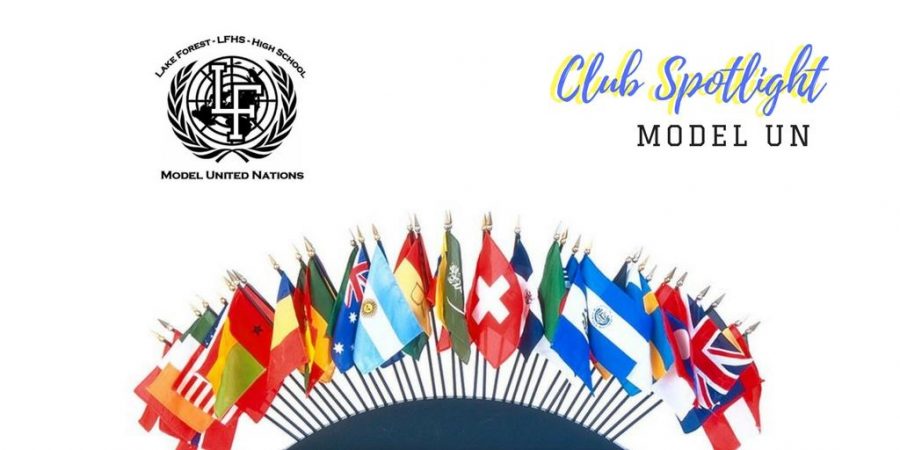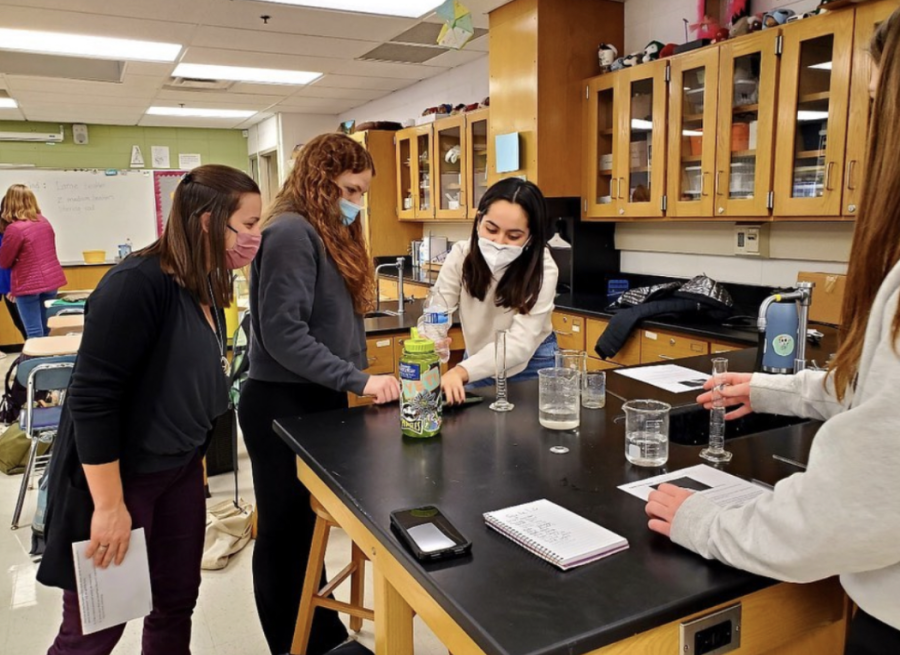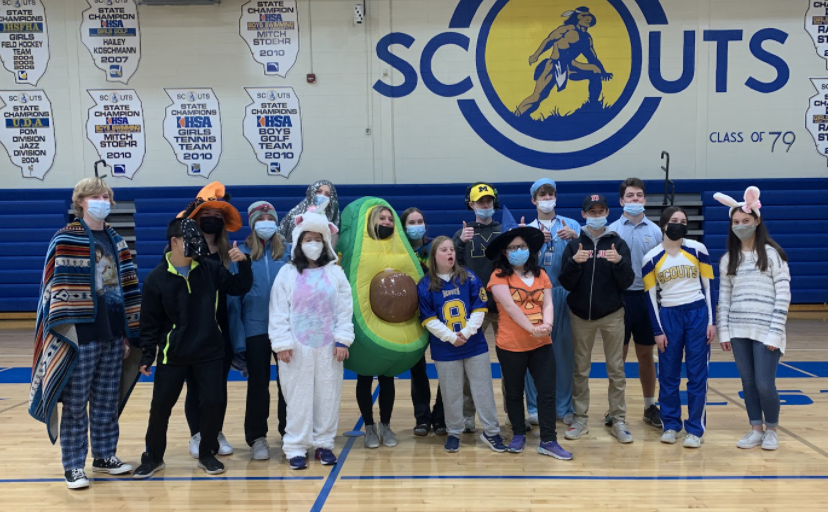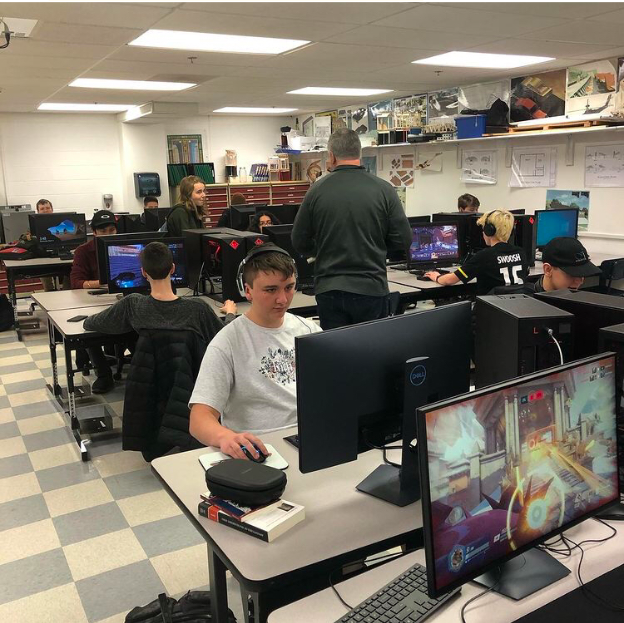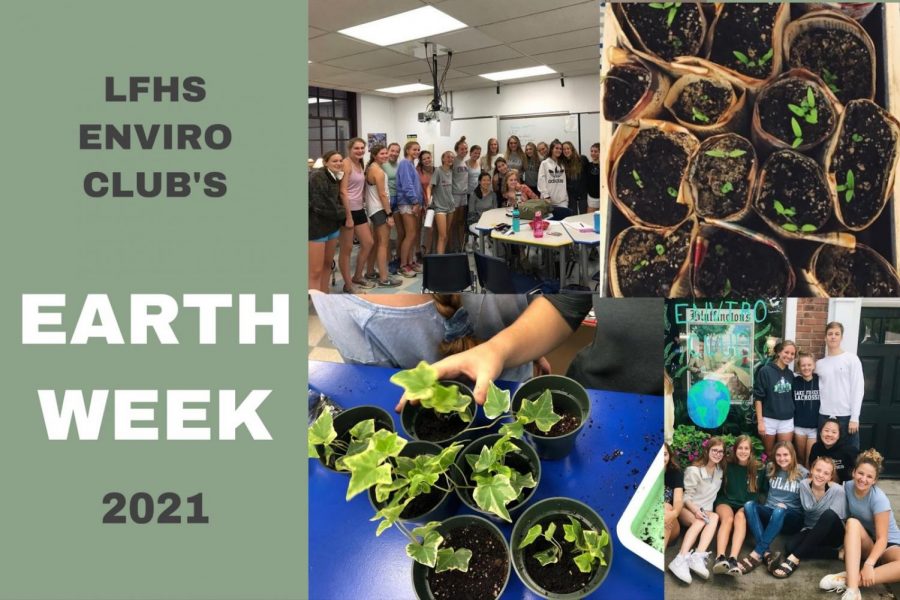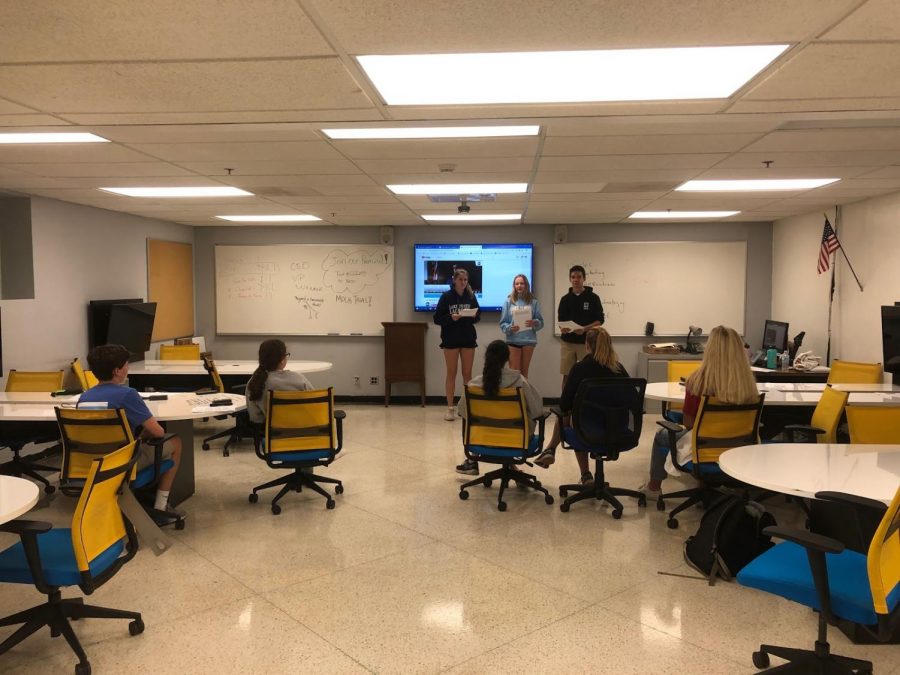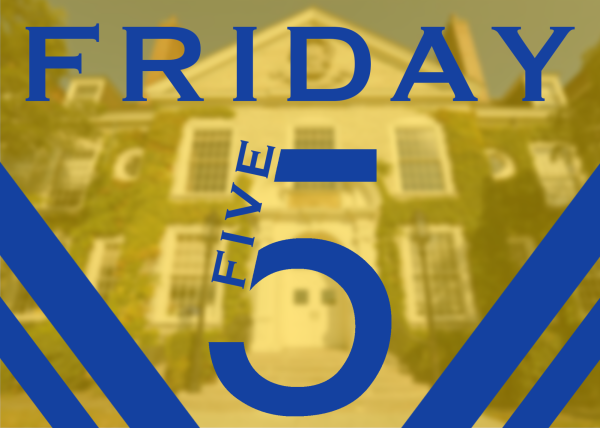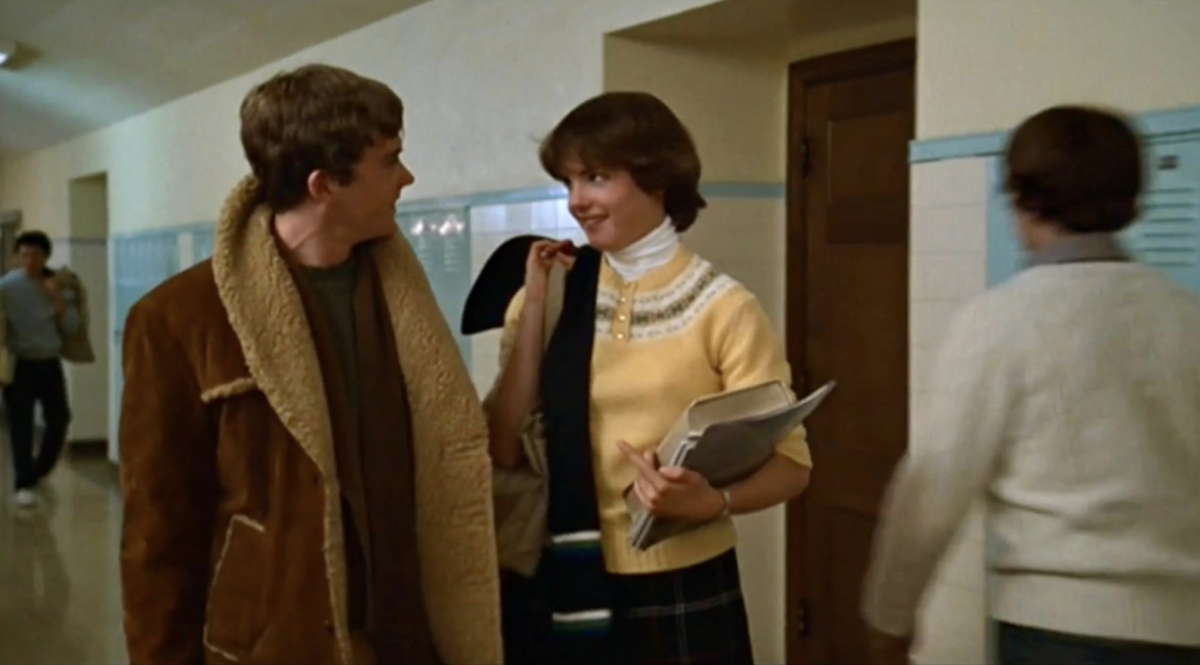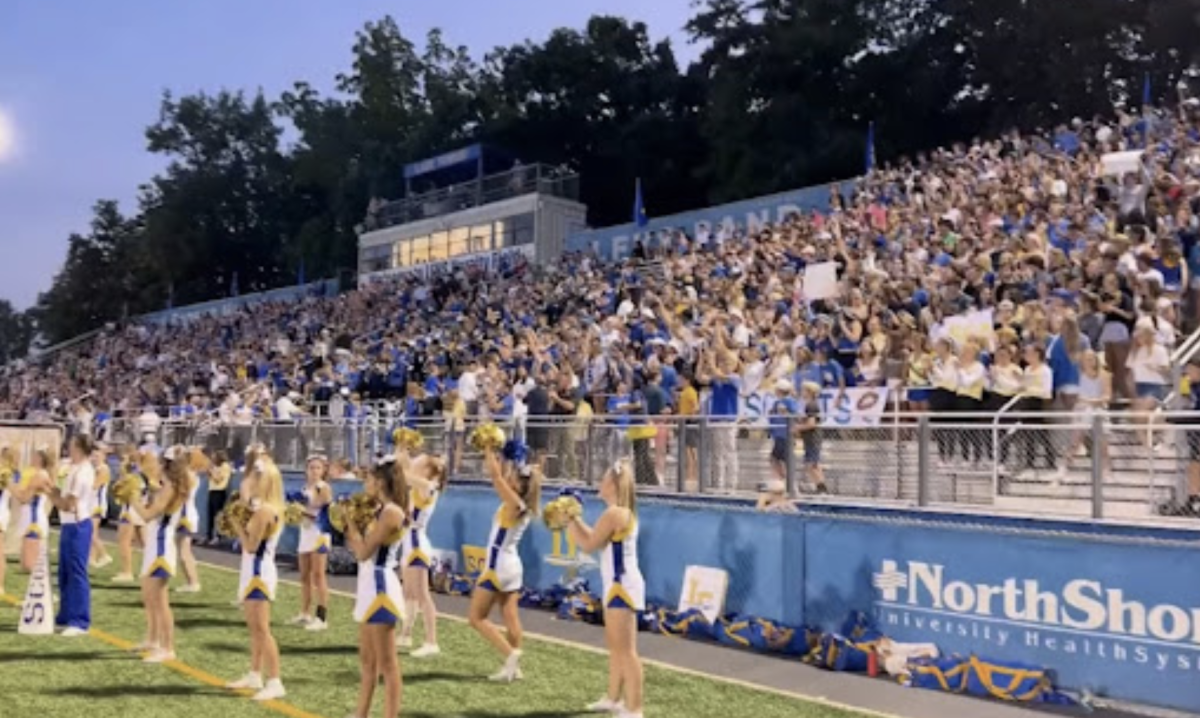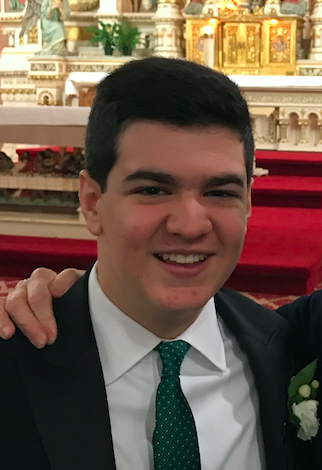Walking down the hall on a Tuesday afternoon, I bumped into sophomore Sam Rogers. Rogers, a sophomore, had his trademark wide grin when I asked him how he was doing, but he quickly found a response. “Great! Model UN’s tonight!” I didn’t know much about Model UN at the time, but his enthusiasm had me interested.
In today’s Club Spotlight, I’ll take a look at Model United Nations, an interesting club in which participants try to develop solutions to some of the world’s problems via researched prepared debate. Each club member represents a different country, and because of that, everyone participates in a meaningful way.
Before there was Model United Nations, there was Model League of Nations, which was first held way back in the 1920s. However, this transitioned into Model UN due to the United Nations replacing the League at the Tehran Conference in 1945. The first Model United Nations was believed to be held at St. Lawrence University in 1949.
In order to get an up-close look at Lake Forest High School’s Model UN club, I talked with the aforementioned Samuel Rogers, a Model UN fanatic. I asked him to describe what exactly Model UN is in order to gain a student’s perspective, and he told me that it’s “like a mock United Nations, and it brings up many situations going on in the world right now, and we debate them in a UN-like structure… so it’s a jolly good time.” Sam was clearly quite passionate about this club, so I asked what caused him to join. He was quick to respond, “A good friend of mine, C. Davis, also known as Charlie Davis, brought it up to me. I figured I might as well do it.” Charlie Davis has been Sam’s friend dating back to when they were next-door neighbors growing up and this close friendship was a perfect reason for Sam, as well as many others, to get involved in Model United Nations.
A typical meeting of the Model UN club, as described by Rogers, would, “start off with the head chairman, and they pretty much lead the discussion. We have moderated caucuses and unmoderated caucuses. We vote on whether to have a moderated caucus, which means that you go up to the front of the room, and you pretty much explain what your country’s policy is on that situation and what you think a good solution could be. Unmoderated caucuses, on the other hand, are ran by getting in groups and working on papers, so you don’t go up to the front of the room but instead you work as a team with other countries.” This structured meeting is designed to get the most out of students in a short time and this is especially important when the meetings are after school.
Another interesting function of the Model UN is grouping people together by their views on a situation. The lead chairman will pick people who are willing to talk about what a possible solution could be to a topic, and if people have the same type of thoughts they write a paper together. In order to gain a better point of view for the opposing side’s argument, one must first fully understand the topic. For this reason, the groups of like-minded participants are made. New topics pop up every one or two weeks.
Group meetings are an excellent place to form some new ideas, but students’ arguments are truly put to the test at the meets. Rogers informed me that the meets are “usually one day conferences, which are held on Saturdays every month or two months.” Rogers was quick to add more about the weekend conferences, which he seemed especially excited about. “(Weekend conferences) are around four days straight, and I think we just have two this year, one at the Chicago International Model United Nations, also known as CIMUN, and we have one at Northwestern, and that’s the Northwestern University Model United Nations, known as NUMUN.” I could tell that Rogers’ mind was racing to best describe how these events work, as he continued, “You pretty much get a different country, and there’s different committees, so you guys are basically debating with other schools on different situations that get brought up, and the situations are based off of these background guides that you have to fill out. You have to write papers before you go to conferences, so you have to prepare, and if there are spots to double-delegate you can be with a friend.” Rogers capped it all off with a bit of an understatement, “All in all, they’re pretty fun.”
Rogers, who assuredly loves the club, expanded more upon what he loved most about the club. “I think my favorite thing (in Model UN) is just the fun and laughs that we get every Tuesday night. Also, I get to be with my friends.” He paused for a second. “And you get free food – usually Doritos and soda and stuff.”

